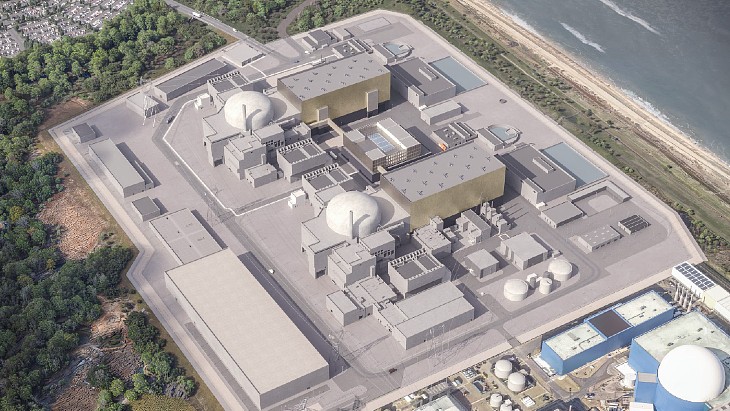As nuclear plants in the hurricane's path prepared for impact, the Strategic Alliance for FLEX Emergency Response (SAFER) Control Centre was activated and National SAFER Response Centres were put on standby for a potential deployment, Framatome said today.
The national centres, located in Phoenix, Arizona, and Memphis, Tennessee, are managed by the SAFER team of Framatome and Pooled Equipment Inventory Company (PEICo). They store and maintain portable backup equipment such as pumps, generators, hoses and floodlights, and spare parts that can be quickly deployed to any US nuclear plant during an emergency, such as an extreme weather event, and together provide the capacity to respond to nuclear power plants anywhere in the country within 24 hours. The SAFER Control Centre coordinates the deployment of such equipment.
"Last Monday evening, SAFER response team members received a SAFER ALERT indicating that the National Hurricane Center had issued a Hurricane Bulletin on Florence," Framatome said. "At this time, all SAFER personnel were expected to be ready to responds should a nuclear plant site request SAFER equipment. On Tuesday evening, team members received a second SAFER ALERT with the updated status of Hurricane Warning including projected landfall times and wind speed probabilities."
Nuclear resilience
Twenty nuclear reactors at 11 sites in North and South Carolina, Georgia and Virginia prepared to take the necessary actions to ready their sites for the storm, the US Nuclear Energy Institute (NEI) said yesterday.
Duke Energy's two-unit Brunswick plant, south of Wilmington and nearest to the storm's path, was the only plant to shut down in anticipation of hurricane-force winds. All the other nuclear plants in the affected region - including Duke's Shearon Harris and McGuire plants in North Carolina and Robinson in South Carolina, and South Carolina Electric & Gas Co's VC Summer plant remained operational at full power, the NEI said.
By the middle of this week, Florence had dissipated as it turned northward and inland, although flooding from swollen rivers remains a threat. Duke Energy reported on Tuesday that it had restored power to nearly 1.5 million out of nearly 1.7 million customers who experienced outages during the storm. Flooding of local roads caused problems for staff to access the Brunswick site by private vehicle, but access had been regained by 18 September. By 20 September, Brunswick 2 had restarted and Brunswick 1's restart was underway, the NEI said.
"Nuclear power plants are among the most hardened and secure facilities in the United States. In addition, our employees' dedication to rigorous training, attention to safety and continuous improvement ensures that the resilience of these facilities is second to none. In the face of natural disasters our nuclear fleet remains a critical part of the national electric infrastructure, Nuclear Energy Institute President and Chief Executive Officer Maria Korsnick said.

.jpg)



_55530.jpg)
_42372.jpg)
_37521_70699.jpg)

_76087_55556.jpg)




